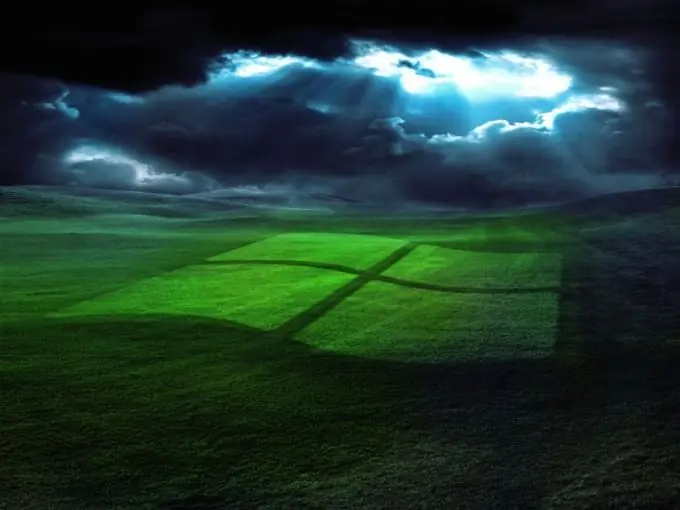During the operation of the computer, the free space on the system disk decreases. If the critical minimum is reached, a message from the system about the inability to work and a proposal to clean up the disk using the standard utility will appear.

What are temporary files
The operating system and application programs create files with intermediate calculation results during operation. These files are stored in special folders TEMP and TMP in the Windows and Windows / Documents and Settings directories. Temporary files should be automatically deleted by the program, but this does not always happen. Thus, gradually the TEMP and TMP folders grow, taking up more and more space on the system disk.
In addition, temporary files are created by browsers while surfing the Internet. Web pages are saved to your hard drive and, when you visit them again, are loaded into the browser from a special folder, and not from the Internet, which saves time and traffic.
What are restore points
A useful Windows feature is the recovery of a damaged system by rolling back to one of the previous operational states. Restore points are created automatically if the corresponding option is enabled, or manually by the user. The saved backups take up 12-15% of the disk space.
What is Disk Cleanup
Windows offers a special tool for removing information junk from your hard drive - the Disk Cleanup utility. Double-click to open "My Computer" and right-click on the desired disk icon. Check the "Properties" item. On the General tab, under Capacity, click Disk Cleanup. After that, the cleaning program will analyze the state of the disk and determine the files that can be deleted for several minutes.
If you select a logical drive where you want to store information, the system prompts you to empty the trash, compress old files, and delete the content indexer catalog files. To learn more about each action, highlight it with the cursor. A hint will appear at the bottom of the window. The column on the right will display the amount of disk space that will be freed as a result. If you have programs installed on the logical drive, go to the "Advanced" tab and see which of them can be removed.
When cleaning the system drive (usually C), files created by Windows, temporary files from the Internet, offline web pages, outdated restore points, etc. will be offered for deletion. Select the checkbox of the data you want to delete and click OK. The tooltip will help you decide.
In the "Advanced" tab, you can remove unused Windows components and unused programs.
The described method is suitable for Windows 7 and Windows XP. If you have Windows 8, swipe up from the bottom right corner of the monitor and click Settings, click the Control Panel link and search for “administration”. Click on "Administration" and double-click on the "Disk Cleanup" icon. Select the required disk from the list, click OK, and in the disk cleanup dialog box, select the checkboxes of the data you want to delete.






